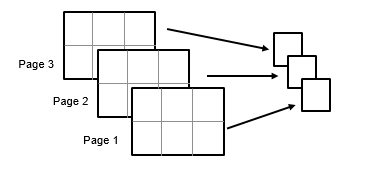mad
均值或中位数绝对偏差
说明
如果
X是向量,则mad返回X中值的均值或中位数绝对偏差。如果
X是矩阵,则mad返回行向量,其中包含X中每列的均值或中位数绝对偏差。如果
X是多维数组,则mad沿X的第一个非单一维度执行运算。
示例
输入参数
输出参量
提示
对于正态分布数据,请将
mad乘以以下因子之一以获得正态尺度参数 σ 的估计值:sigma = 1.253 * mad(X,0)- 用于均值绝对偏差sigma = 1.4826 * mad(X,1)- 用于中位数绝对偏差
算法
参考
[1] Mosteller, F., and J. Tukey. Data Analysis and Regression. Upper Saddle River, NJ: Addison-Wesley, 1977.
[2] Sachs, L. Applied Statistics: A Handbook of Techniques. New York: Springer-Verlag, 1984, p. 253.
扩展功能
版本历史记录
在 R2006a 之前推出
